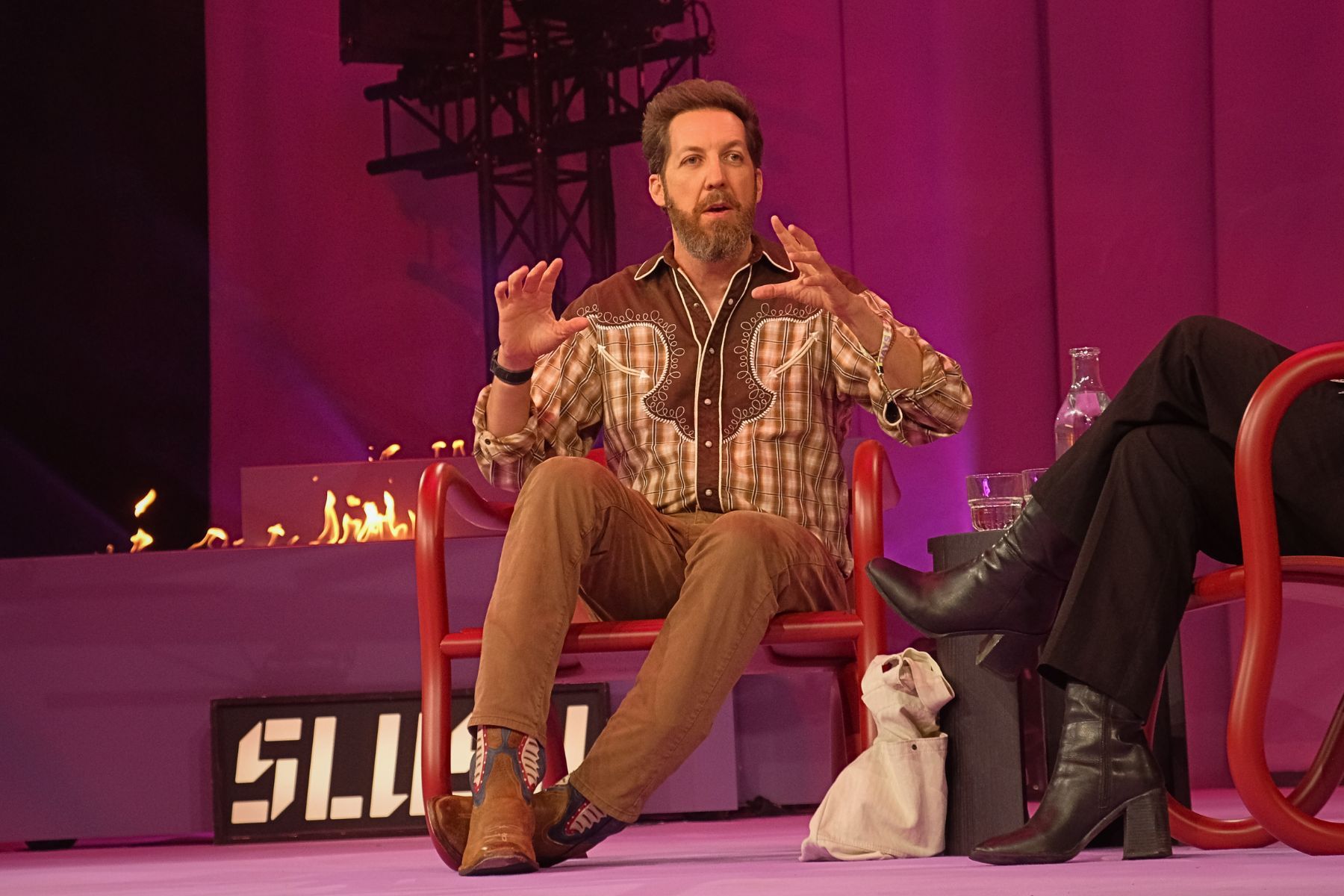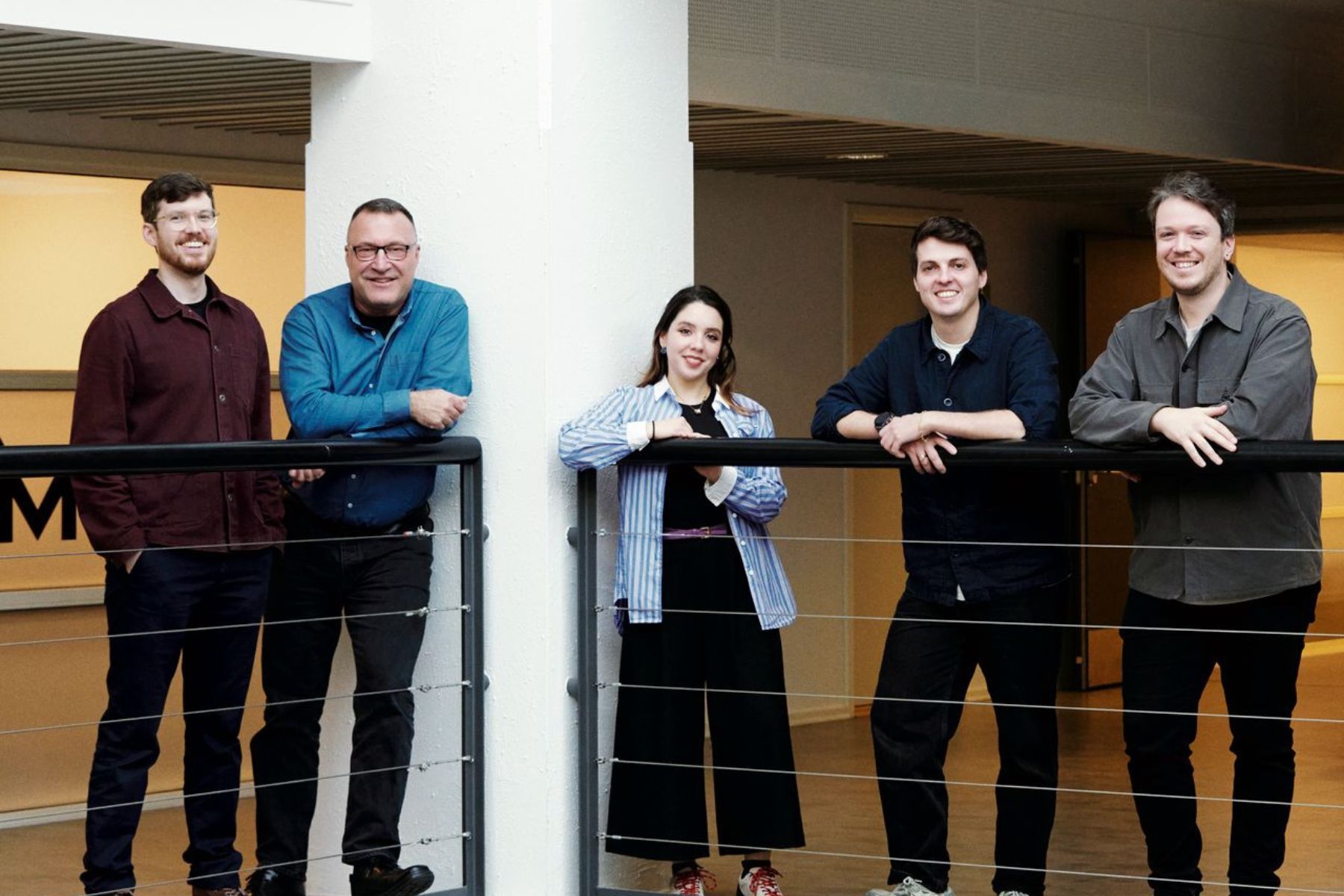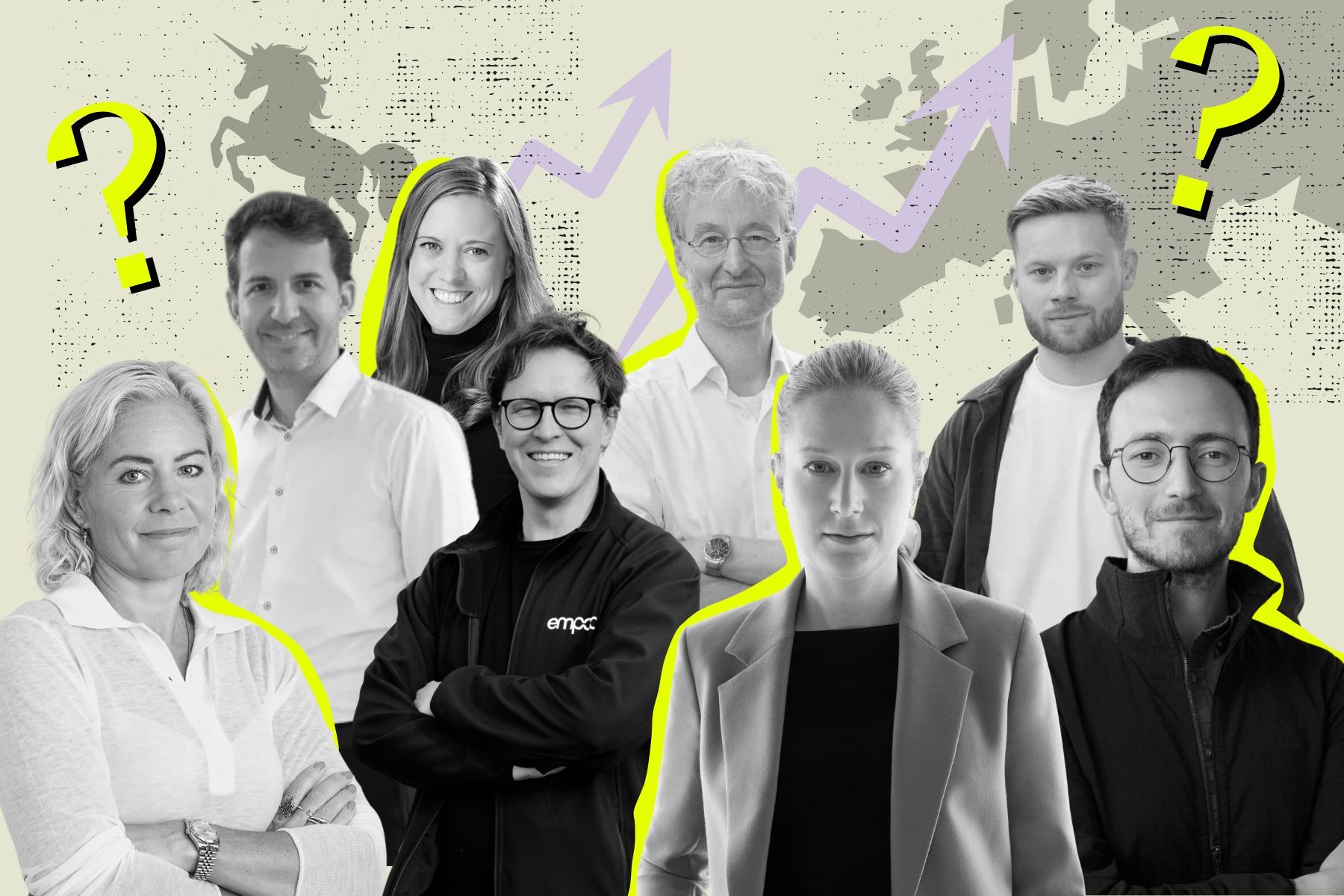Per Clingweld: How to avoid 'workslop' when working with AI
AI-generated reports that look sleek but just create extra work – that’s workslop. <br><br>But there are ways to avoid it – and to build a work culture where AI actually adds value, writes Per Clingweld, Change Agent at AI Sweden – the country's national centre for applied artificial intelligence. <br><br>"Workslop isn’t just an AI problem," writes Clingweld. "It’s a human one."

I’ll admit something embarrassing. Since joining AI Sweden in April, I’ve been helping organisations with AI transformation every day. Yet I, too, have produced "workslop."
Never heard of the term? Coined by Harvard Business Review, it means AI-generated work that looks professional but is the opposite – polished output that dumps the real work on the reader.
Back in 2023, when I was experimenting early with AI tools as an entrepreneur, I was dazzled by what the tech could do. But while the documents that looked impressive, they didn't help anyone make decisions or move forward. Classic workslop.
When I started discussing this with boards and leadership teams, I realised how widespread the issue was. The same pattern everywhere: smart tech, minimal impact.
HBR’s research claims that 40% of us received workslop last month – and each case took nearly two hours to fix. The study isn’t perfect (as tech journalist David Gerard noted, it’s more an open web poll than hard data), but the concept struck a nerve. Within days, the term went viral on LinkedIn.
Because we’ve all seen it. The polished report that says nothing. The beautifully formatted slide deck with no substance. The AI analysis that raises more questions than it answers.
Sweden’s polite workslop problem
I think this is a particular problem in conflict-averse cultures like Sweden, where honest feedback isn't common. We say “thanks, great work” even when we’re thinking “what am I supposed to do with this?”
I’ve seen workslop thrive in organisations simply because no one wants to point out that the emperor has no clothes. Consensus culture only makes it worse – if something looks good enough, no one objects, even if it adds no value.
We’ve built workplaces safe enough to experiment with AI, but maybe too comfortable to demand quality. Lagom (a Swedish word meaning 'just the right amount') easily equals mediocrity when no one dares to set the bar higher.
Private vs public
In my experience, private companies tend to call out workslop quickly – “this didn’t help, can you rethink it?”
But in the public sector, where bureaucracy runs deep, workslop often becomes part of the system. It gets filed, referenced in another report, and lives on without anyone asking if it was useful.
That’s risky in a country where the public sector accounts for half of GDP. Inefficiency can hide in plain sight for a long time.
From passengers to pilots
What workslop really exposes is that AI transformation is a leadership issue, not a tech one. Tools and usage metrics aren’t enough. We need awareness – of why we’re using AI, when it makes sense, how to use it thoughtfully, and when to admit we’ve gone wrong.
Everyone starts as a passenger – using AI to offload work and unintentionally creating workslop. The goal is to become a pilot – using AI to amplify creativity and deliver better results. That shift takes both self-awareness and organisational support.
And yes, it means allowing ourselves to feel a bit stupid or fake at first. Every “pilot” started out making workslop too – the difference is, they learned from it instead of passing it on.
Build a feedback culture
What truly changes things is vulnerability. When I share my own workslop stories with teams, the room changes. Others open up. Admitting failure makes it safe for others to learn.
We need workplaces where it’s normal to say, “this didn’t help me – could you rethink it?” Not out of rudeness, but respect for each other’s time.
At AI Sweden, we help organisations navigate this shift. Our maturity framework maps nine dimensions of AI readiness – but more importantly, we foster open conversations across entire organisations about why, how, and what they use AI for.
Because what matters isn’t activity, but quality. Instead of counting AI logins or documents generated, we should ask: did this actually move us forward?
A good first step? Map your workflows. For every task, ask: why does this exist, who’s it for, and what happens next? Once you see that chain, you’ll know where AI adds value – and where it just creates workslop.
Workslop isn’t just an AI problem. It’s a human one – about communication, collaboration, and courage.
We can build organisations full of pilots or passengers. The difference isn’t the technology. It’s the culture around it.
Get full access to Europe's new platform for impact news
- Quality journalism, interviews, investor profiles and deep-dives
- Daily newsletter with top stories, latest funding rounds and roundup to keep you in the loop
Keep reading – get in the loop!
- Håll dig i loopen med vårt dagliga nyhetsbrev (gratis!)
- Full tillgång till daglig kvalitetsjournalistik med allt du behöver veta inom impact
- Affärsnätverk för entreprenörer och investerare med månatliga meetups
Fortsätt läsa – kom in i loopen!
- Håll dig i loopen med vårt dagliga nyhetsbrev (gratis)!
- Full tillgång till daglig kvalitetsjournalistik med allt du behöver veta inom impact
- Affärsnätverk för entreprenörer och investerare med månatliga meetups









